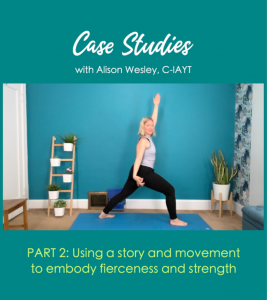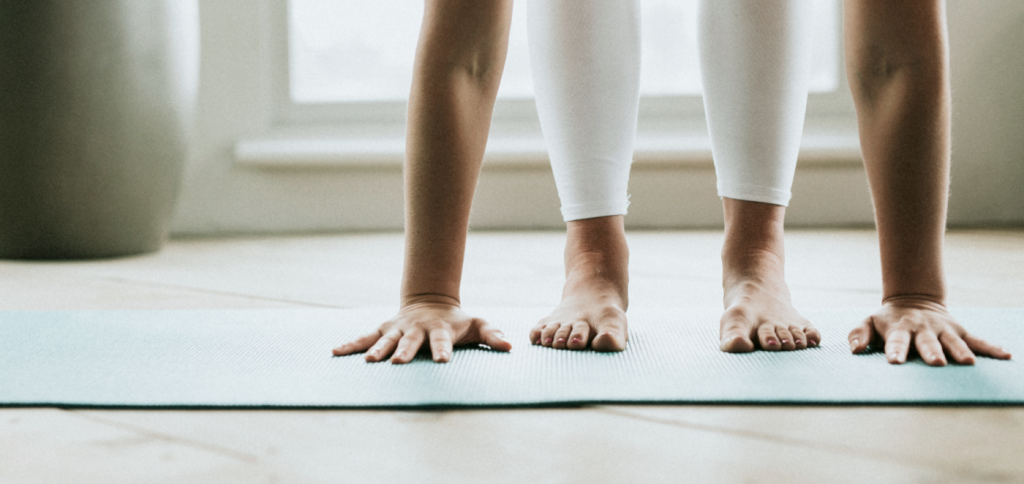
01 May Hi anxiety. Nice to meet you?
Just try preparing for a test or think about giving a speech to a large group of people, and possibly you’ll get to experience the symptoms of anxiety – sweating, trembling, heart pounding, rapid breathing and trouble concentrating on anything other than the issue at hand.
Although irritating if you’re trying to prepare for something important like an exam, worry does have a functional purpose in nature: to alert us to potential threats and to get us ready to act. The symptoms themselves are actually very useful if we need to act quickly (aka run away from a tiger). The issue comes when there’s no actual tiger and hence, no running. The body experiences the same response to fear and prepares itself with hormones like adrenaline and cortisol via the sympathetic nervous system.
Adrenaline (aka epinephrine) is that initial surge that creates a faster heartbeat to bring more blood to the muscles, heart and vital organs. If you need to run, you’ll need that burst of blood flow. The smaller areas of the lungs open up to bring in more oxygen, and there’s more oxygen sent to the brain, which allows for hyperfocus and sharpness of the senses. Digestion goes on pause and the eyes dilate. As adrenaline creates the initial response, cortisol is what allows the reaction to continue until the threat passes. When there’s no longer any threat, digestion starts back up again and the heart rate and breathing slow thanks to the parasympathetic nervous system.
Someone dealing with anxiety can understand intellectually that something isn’t that big of a deal, yet still have the physiological response of intense and persistent concern about it. It can be disruptive to their work, relationships and sense of self. For those of us who have experienced anxiety in daily life, it can feel like there are tigers everywhere, like we’re always preparing to run. It can be exhausting and might end up in disrupted sleep, headaches, dizziness and muscle tension. The more one experiences anxiety and/or panic attacks, the more stress hormones are released on a daily basis. Basically, we become what we practice. If we perceive danger around every corner, our body will get ready to fight/flee/freeze, which becomes our experience.
The first step to dealing with anxiety is to notice it’s happening and learn more about the triggers and the response in our own bodies. And along with yoga, movement, healthy breathing and meditation (which we’ll cover in the next few blog posts), understanding anxiety and “meeting it” can help deal with it.
Personifying it is one strategy. In my life, I can think of a couple of well-intentioned friends who are always trying to help by preparing for the worst. Taking a trip with them can be frustrating in some ways, but they’re also the friends who remembered to pack the First-Aid Kit or who bought the trip insurance. They use worry and turn it into preparedness.
We can name that anxiety response after that always-prepared-for-the-worst friend. “Hi, Sandra, thanks for coming. I see you’re here to help.” In the example of traveling with my friends, the outcome they’re trying to prepare for is obvious. Someone might fall and get hurt on this hike, so we should bring bandages. There’s a solution for the concern. Packing the bandages is the action that has a chance at calming that worry.
In some situations, though, it’s not so easy to know what we’re afraid of, which makes it less easy to find a solution, but taking action or making a plan can help just the same. “Sandra” (aka my rapid heartbeat, sweating, etc.) might show up to help me prepare as best as I can, which means I need to let her help because she won’t be satisfied otherwise. Try making two columns on a piece of paper: one for the worry and one for the action steps/plan. Let’s say the worry is something vague, like a general fear of what will happen in the future. It can help to jot down as many details as you can: retirement, health, etc., and to see the plan you have right next to it. The beauty is, it’s sort of a mental trick, and yet it still works. Is it a plan you’ll stick to 100%? Probably not, but by performing the act of thinking through the outcome and making a plan, it can feel like you got to run away from the tiger. Like you’ve DONE something. Like you’ve packed bandages.
No one wants to be surprised by anxiety or panic attacks, but possibly by getting to know it better, appreciating that it’s rooted in function, we can greet it when it shows up.
 Check out Alison’s Real-Life Case Studies video series on the Sequence Wiz community site.
Check out Alison’s Real-Life Case Studies video series on the Sequence Wiz community site.
Part 1: What questions to ask about anxiety and panic attacks
Part 2: Using a story and movement to embody fierceness and strength
Part 3: Using flow and mantra to deal with anxiety and panic attacks
Part 4: Using restorative practice and yoga nidra to address anxiety and panic attacks
More articles on this topic
Words matter: Yoga cues to help with anxiety
When people think of the aspects of a great yoga teacher, they often conjure up the image of a soothing, peaceful voice and someone saying all the right things. And great classes can be like that. The teacher seems to say the exact thing you need to hear at that moment. No more, no less. The yoga itself helps to calm us down, but the demeanor, energy and voice of the guide are essential factors as well. But it’s not just how the yoga teacher speaks; it’s what they choose to say.
There are some well-intentioned cues that are repeated again and again in yoga classes that can potentially do the opposite of the aim – especially when it comes to cues about breathing. This is extremely important for helping folks experiencing anxiety. Since we know that with anxiety, there’s a change to breathing, breath can also be a significant factor in helping to relieve anxiety.
Creating avatars to cope with anxiety
“Become the warrior version of yourself,” my teacher used to say. At the time, I was young and luckily hadn’t experienced much conflict, so the warrior version of myself was a bit vague. I’ll be honest, the first time I tried this (ahem, 1994), my version was Buffy, the Vampire Slayer. I couldn’t possibly think of a version of ME that was strong enough to fight for anything.
As the years went on and I found more and more situations where I was left thinking of all the ways I could have stood up for myself or how I should have set better boundaries, I developed a more clear view of my avatar, my warrior. It’s slightly different each time I think about it, and maybe that’s because I’m somewhat different each time. In addition, the idea of feeling strong and capable is different each time.
Working backwards to uproot anxiety
Last spring, we had ants. I really, really didn’t want to kill them, so we had to be one step ahead of them. First, I had to figure out where they were going and work backwards from there. I tried to use different oils and powders to divert the ants from their path toward the compost bin. It became quite a puzzle to solve – predicting their reroute and sending them in the opposite direction.
Whenever I’m puzzled, I think of the ants and try to work backwards from the metaphorical compost bin. With the puzzlement of anxiety, the compost bin represents a big trashcan full of rapid breathing, darting eyes, vision changes, shakiness, postural imbalance and a general upregulation of the sympathetic nervous system.
The racing German Shepherd in the mind
Before I ever truly experienced anxiety, I studied it. I read about it. As a yoga teacher and yoga therapist, I was conscious about how to offer a calming, soothing practice for anxious times. Most of the books and videos I turned to stressed the importance of offering slow, mindful practices as a way to lessen anxiety. It made sense to me, and it’s what I provided for years.
But then I experienced anxiety myself in a big way. For months during the start of the pandemic, I was “lucky” enough to get firsthand knowledge of panic attacks, insomnia and anxiety. It started out with minor symptoms that I didn’t quite put together until they all became one giant snowball of twitches, night sweats, stomach aches, and negative self-talk that seemed to be on repeat.
About Alison
 Alison Wesley is a Faculty Franklin Method Educator and Registered Yoga Teacher/Therapist in Portland, OR. She started Working with Yoga in 2008 (now Movement at Work) as a way to reach folks who might not be going to studios/gyms, making movement accessible where and when people work. Alison assists Franklin Method Teacher Trainings and co-wrote Understanding the Pelvis: A Functional Approach to Yoga with Eric Franklin. She designed and leads mobility classes for back care at Rebound Physical Therapy and has a therapeutic movement video series called ThrUMovement. Along with geeking out about movement, anatomy and mental training, Alison kickboxes with her father, plays music with her husband, spends hours trying to train her two German Shepherds, dances salsa and will endlessly be studying Spanish.
Alison Wesley is a Faculty Franklin Method Educator and Registered Yoga Teacher/Therapist in Portland, OR. She started Working with Yoga in 2008 (now Movement at Work) as a way to reach folks who might not be going to studios/gyms, making movement accessible where and when people work. Alison assists Franklin Method Teacher Trainings and co-wrote Understanding the Pelvis: A Functional Approach to Yoga with Eric Franklin. She designed and leads mobility classes for back care at Rebound Physical Therapy and has a therapeutic movement video series called ThrUMovement. Along with geeking out about movement, anatomy and mental training, Alison kickboxes with her father, plays music with her husband, spends hours trying to train her two German Shepherds, dances salsa and will endlessly be studying Spanish.





